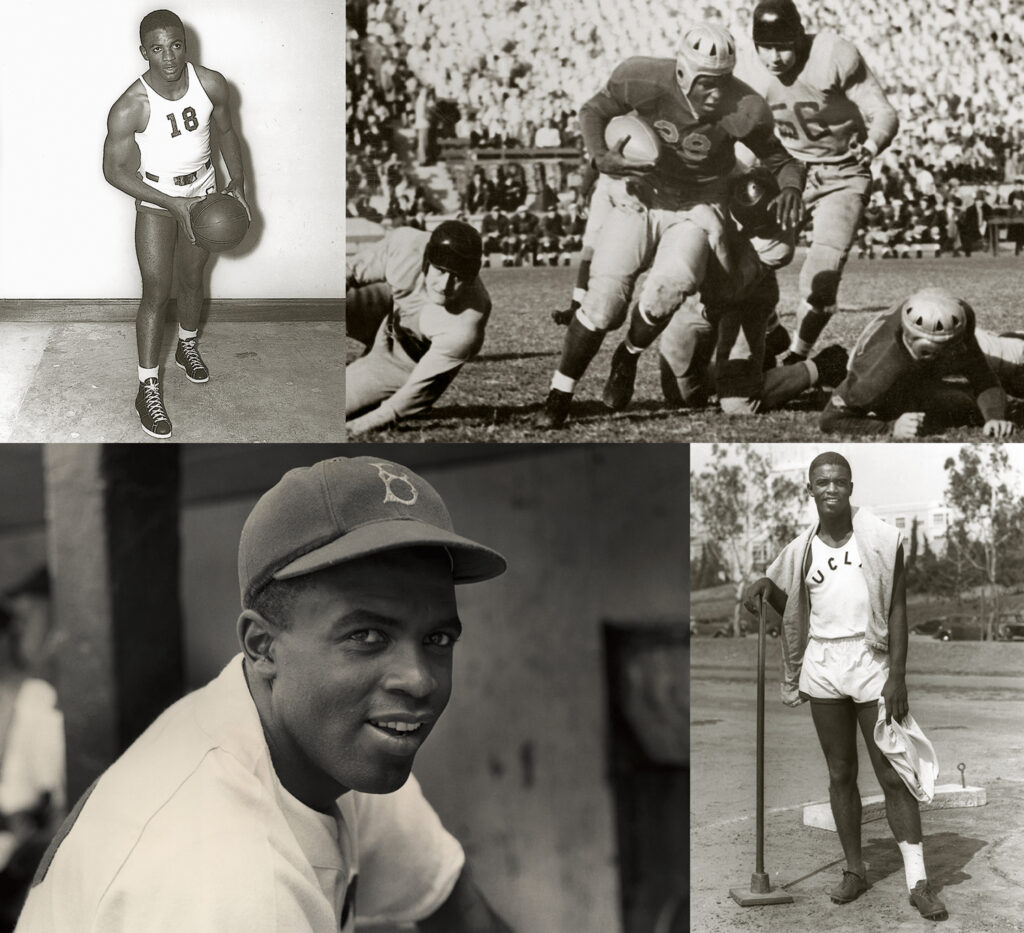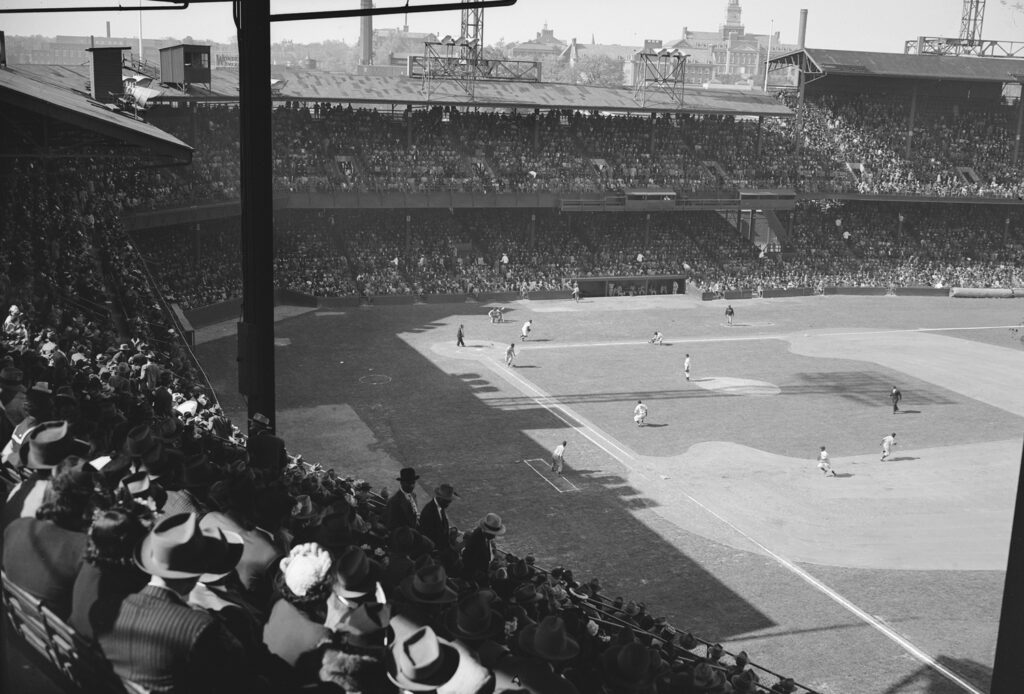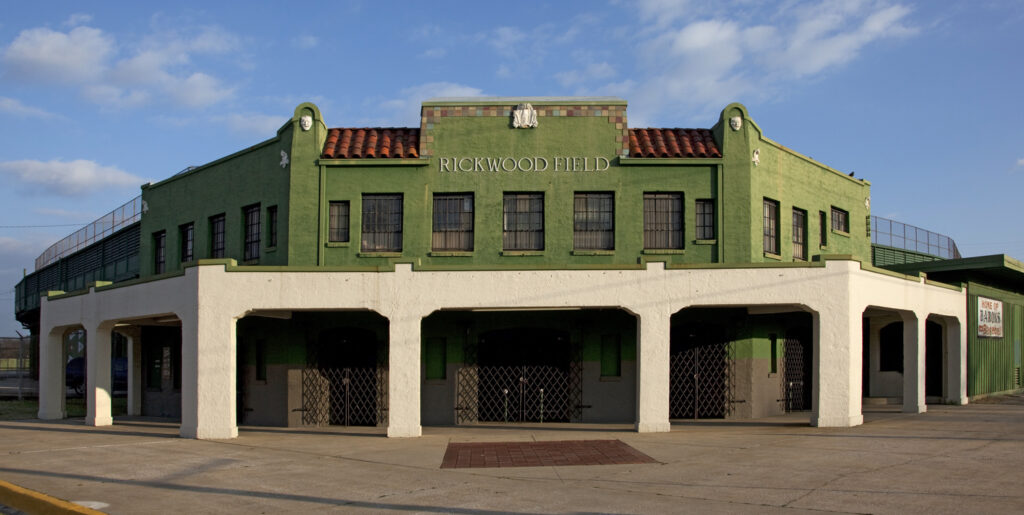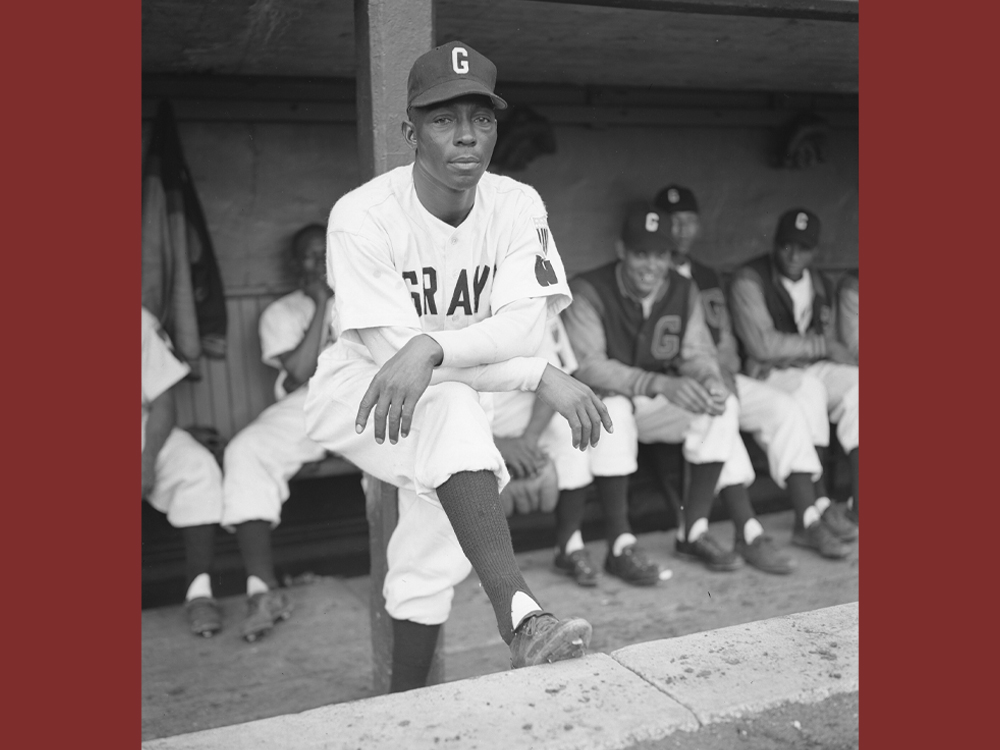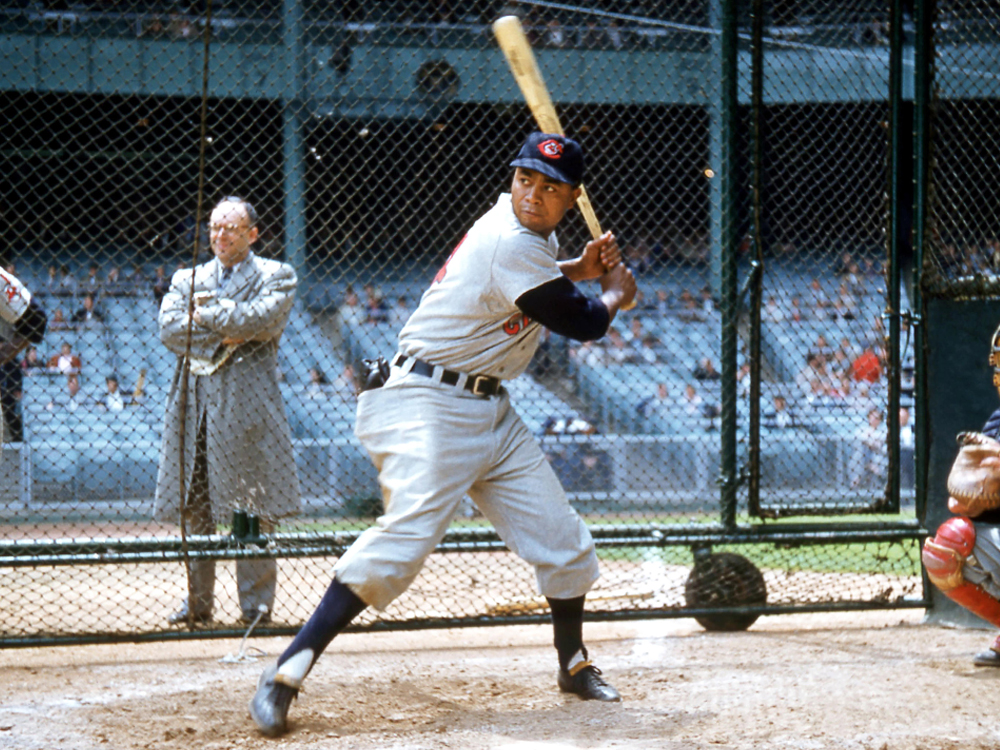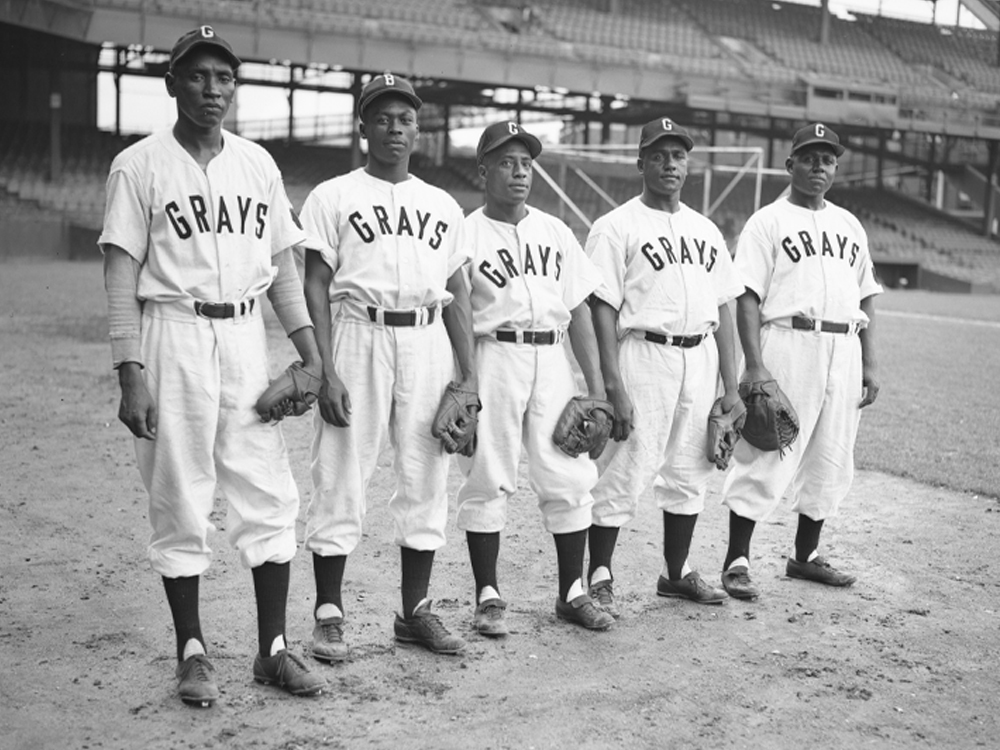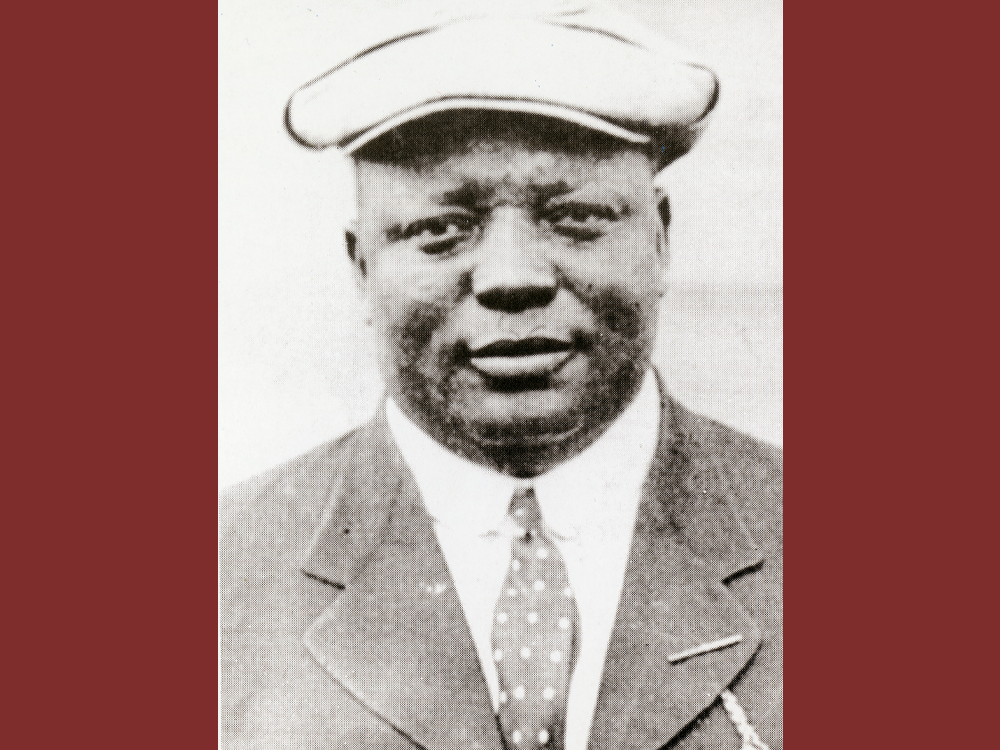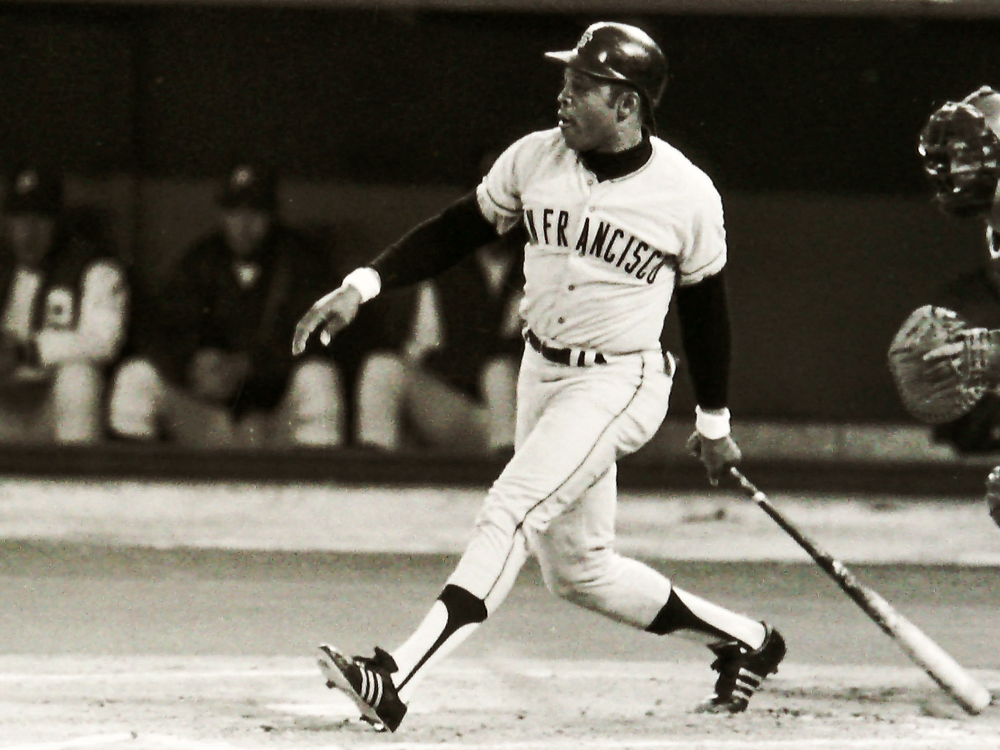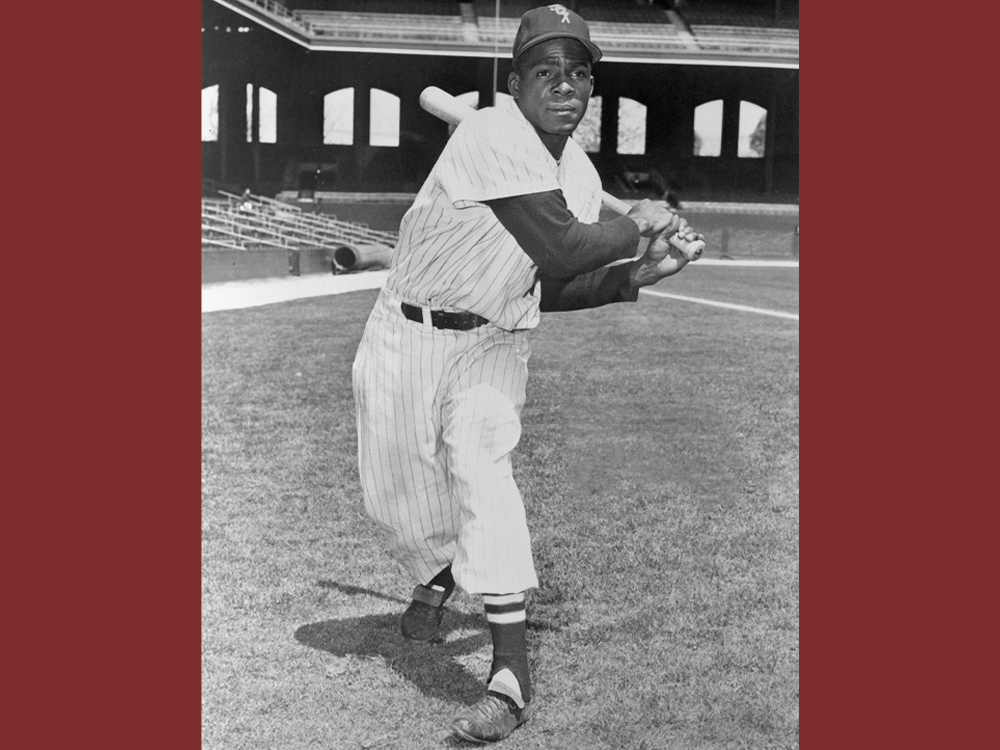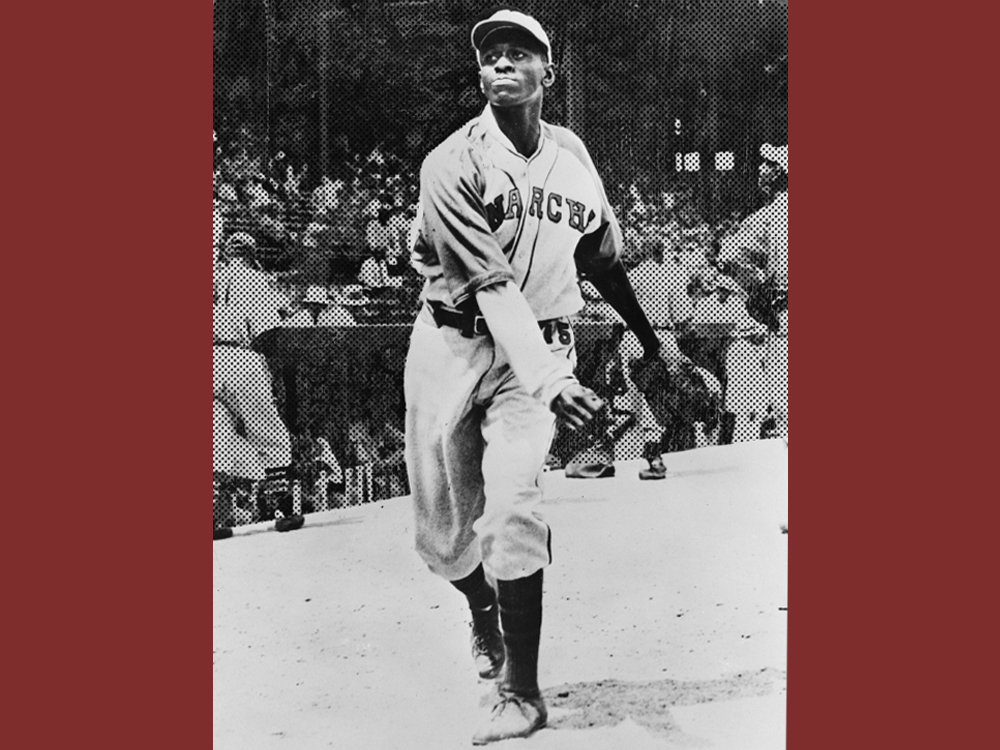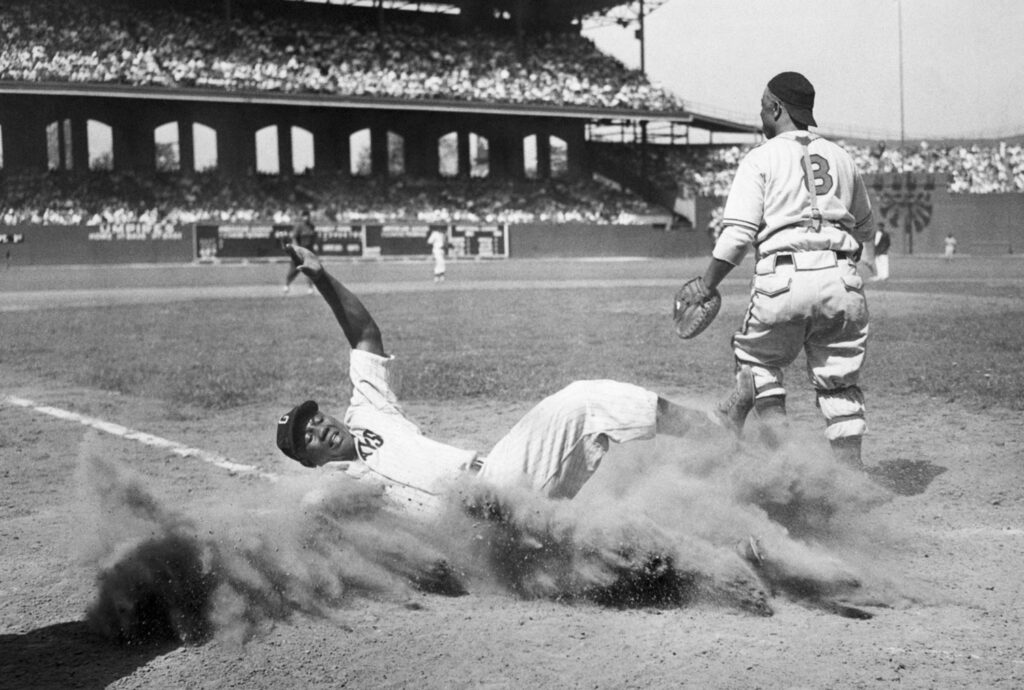Gibson’s the Greatest
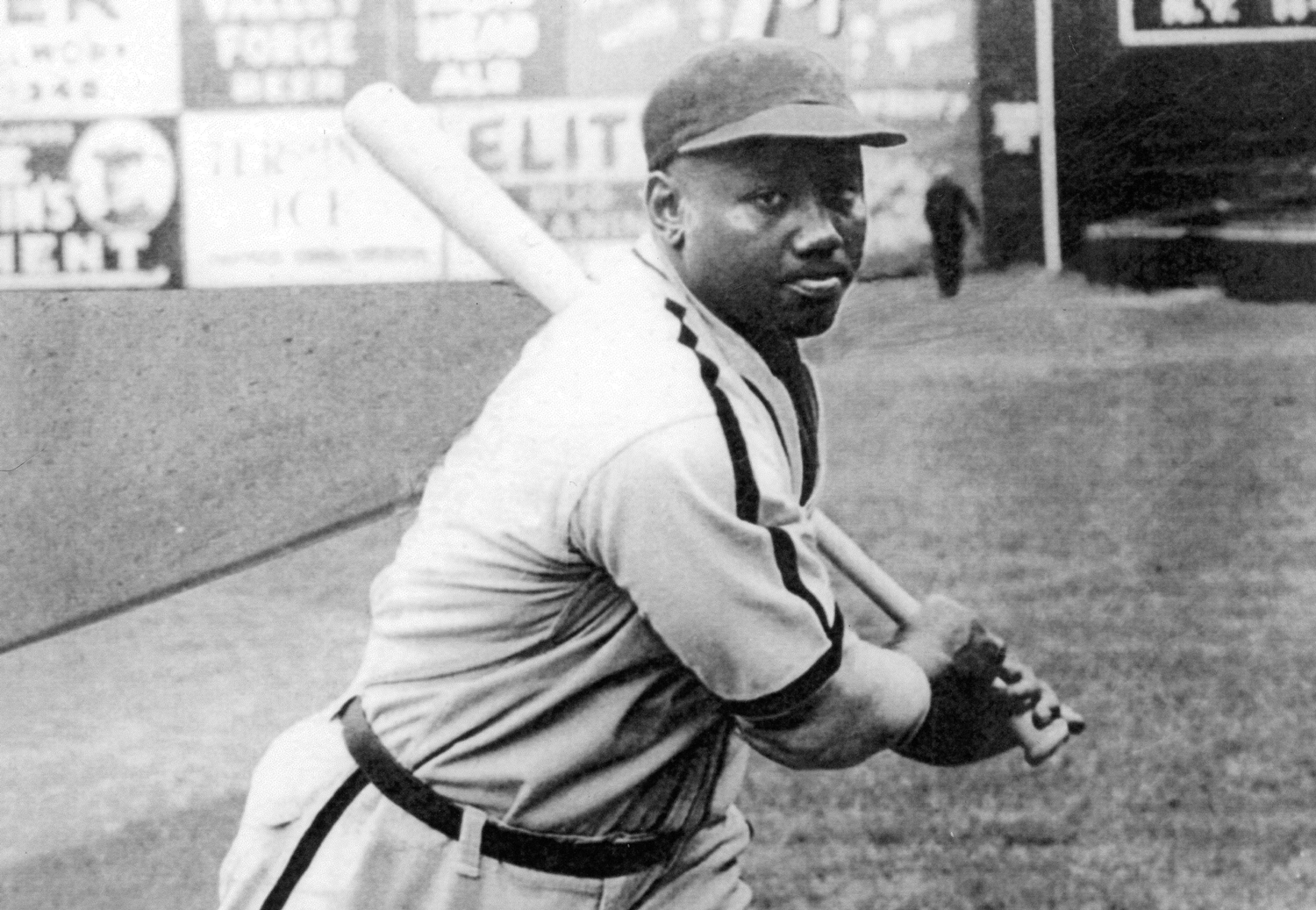
Josh Gibson is finally getting his due. Major League Baseball (MLB) named Gibson its career batting average leader after incorporating Negro League statistics into its calculations.
Gibson, who played professional baseball in the 1930s and 1940s, had a batting average of .372. Yet Ty Cobb, with a batting average of .367, was long considered the career leader because MLB’s rankings didn’t include athletes who played for the Negro Leagues during the era when professional baseball was segregated. That changed in 2020, when MLB decided to include Negro League stats and Gibson’s name rose to the top.
Gibson also surpassed MLB great Babe Ruth in slugging percentage (the number of bases a player records per at-bat).
“We’re excited,” Josh Gibson’s great grandson, Sean Gibson, told CNN. “This is a long time coming. Not just for Josh Gibson, but all the other great Negro League family members as well.”
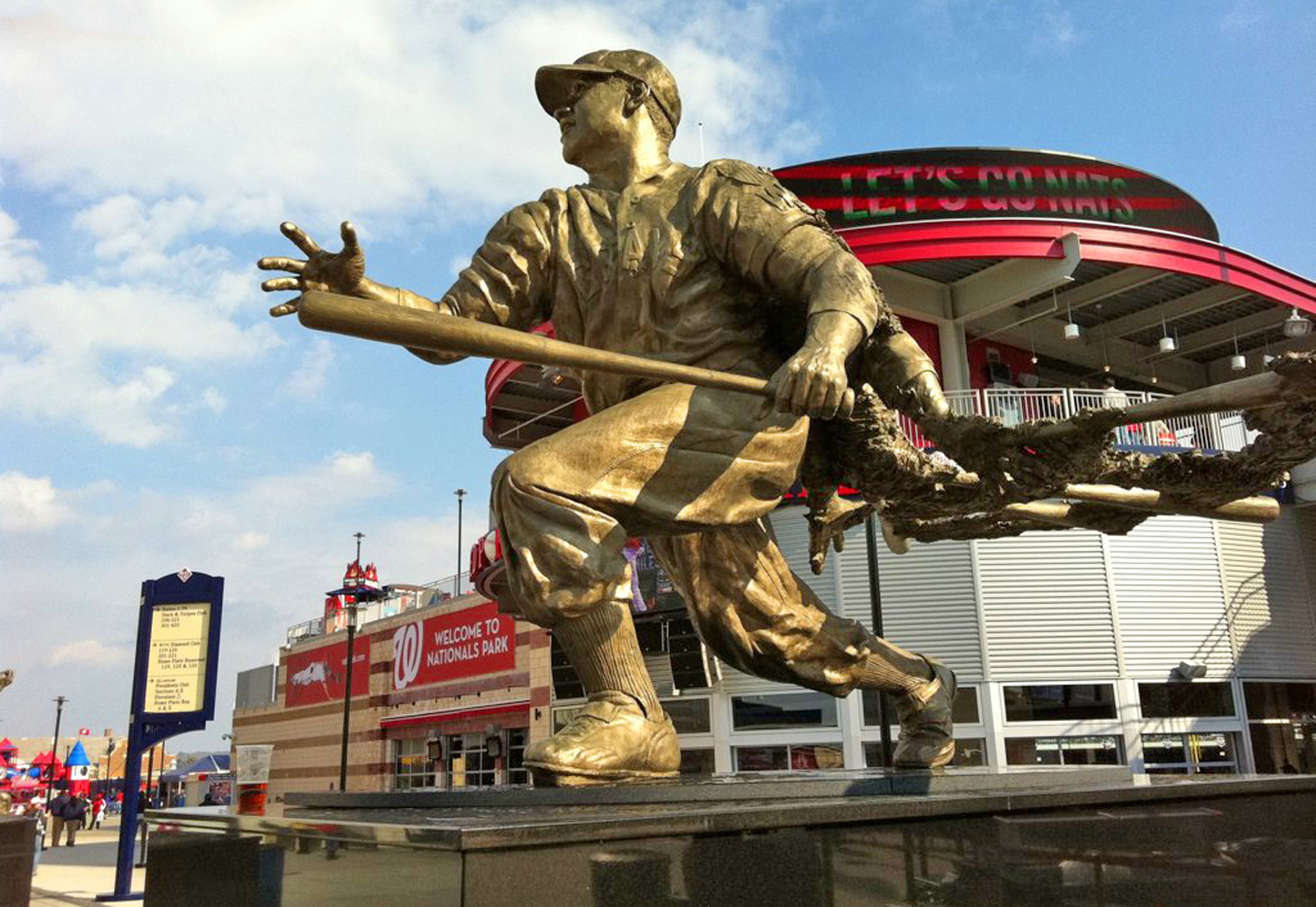
John Bracken (CC BY 2.0)
The Negro Leagues operated between 1920 and the late 1940s, when MLB began signing Black players. The first was Jackie Robinson, who played in the Negro Leagues before he was invited to join MLB’s Brooklyn Dodgers in 1947. So far, MLB has added more than 2,300 Negro League players to its rankings, with many more to come.
“It’s a show of respect for great players who performed in the Negro Leagues due to circumstances beyond their control,” baseball commissioner Rob Manfred told the Associated Press.
And it’s a sign of the greatness of those players that some long-standing rankings are changing, including Ty Cobb’s status as baseball’s number one. Cobb’s great grandson, Tyrus Cobb, said he’s happy that Gibson is being recognized.
“Baseball history is a part of U.S. history, and I think [the] Major Leagues acknowledging and incorporating the Negro Leagues is a huge step in kind of bringing all the parts of baseball history together,” Tyrus Cobb told the Associated Press. “And I think it’s actually pretty exciting that there’s a new statistical batting average leader.”
The changes will also allow other Negro League players to take their rightful place in the history books.
“They’re being recognized finally as major league caliber ballplayers,” baseball researcher Scott Simkus said in 2020.
The table below shows how some of baseball’s stats have changed since Negro League players were incorporated.
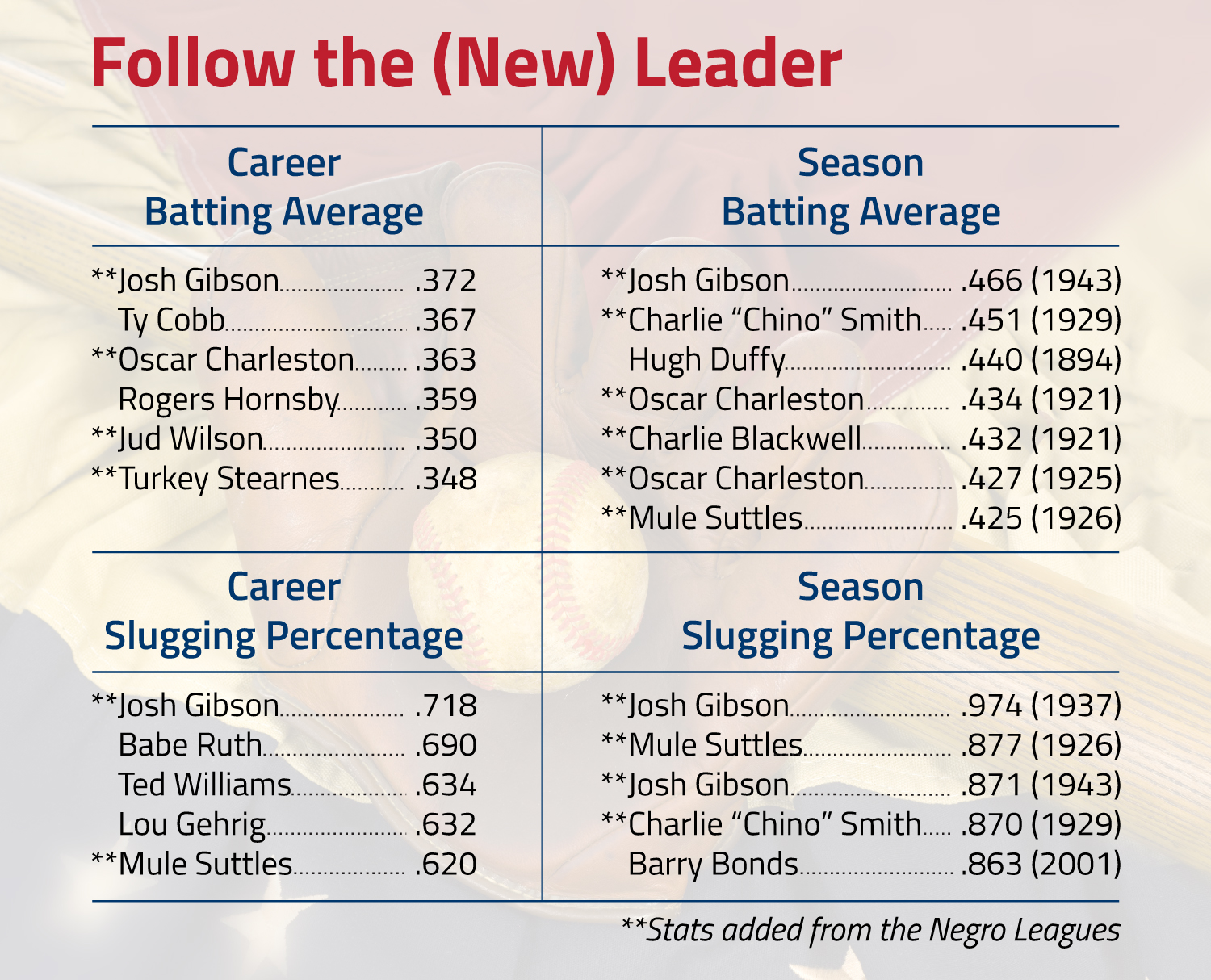
© Michael Flippo/stock.adobe.com; Infographic Encyclopædia Britannica, Inc.
